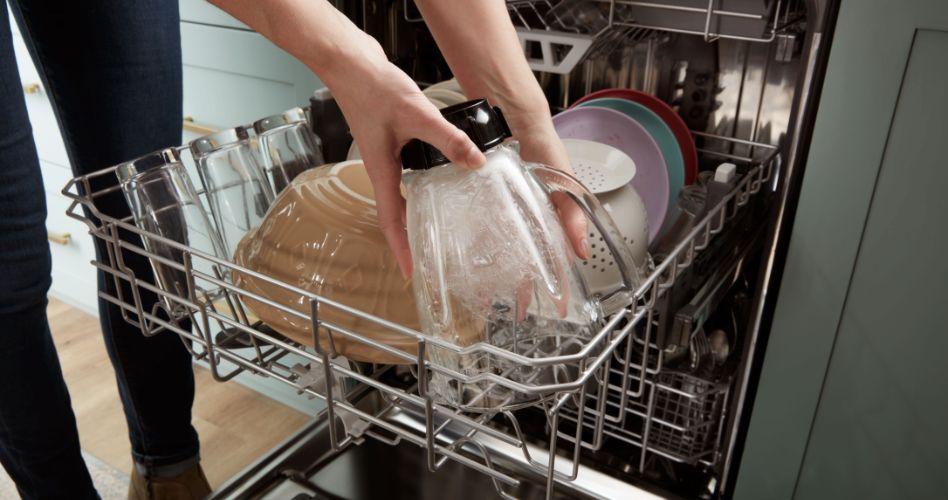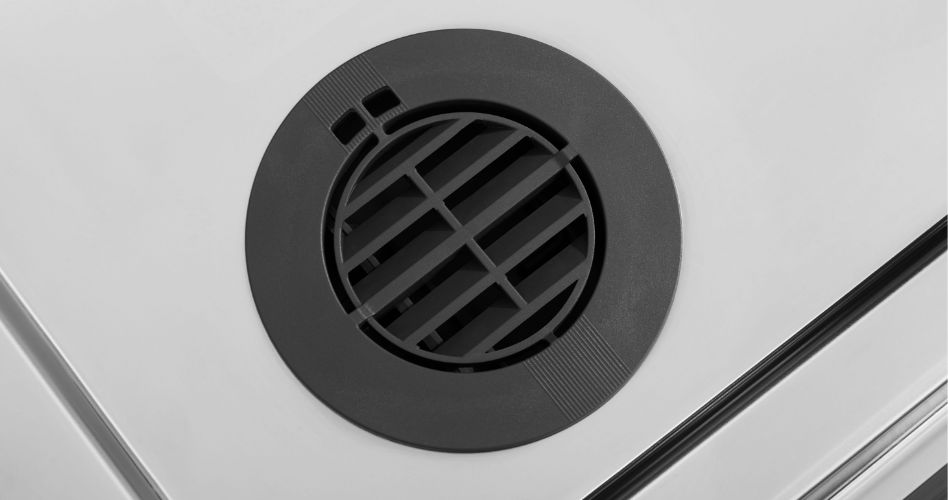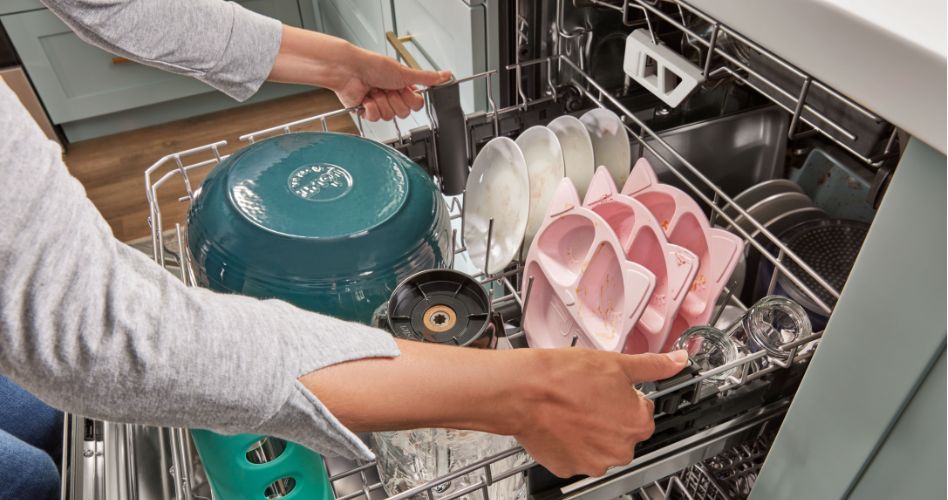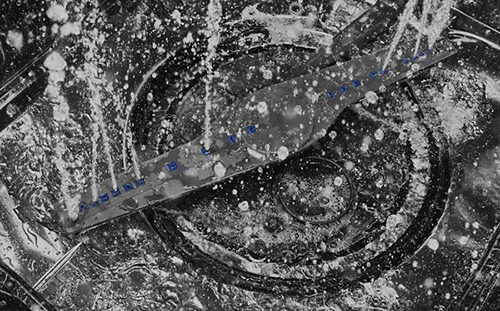
Appliance IQ: Kitchen
Dishwasher Not Cleaning
If your dishwasher is not cleaning the way it is intended, you should immediately try to determine what the issue is and fix it.
This article will introduce you to a few of the common reasons behind your dishwasher not working. Figuring out the issue is the first step toward finding the right solution and ensuring that dirty dishes and mugs won’t pile up on your counters for days.
Common Causes Behind a Dishwasher Not Washing
Clogged filters and spray nozzles are a common cause of a dishwasher not cleaning. Yet, there are a number of other reasons as to why your filters or spray nozzles may be clogged.
These reasons can include:
- Manufacturers of dishwasher detergent have been committing effort and resources toward removing phosphates that impede hard water from effectively cleaning dishes. The reason for this is that hard water impacts performance and can also build up in water lines, which can reduce the lifespan of your dishwasher. The solution may be a water softener specifically made for dishwashers that eliminate the issues associated with hard water. The benefit is that you won’t have to install an entirely new house system, which can be timely and costly.
- Hard water typically needs extra detergent. Keep in mind if you are not using a water softener, then you also may not be using enough detergent.
- Not utilizing the heavy cycle option when you are washing on a heavy load.
- Some dishwashers require a specific detergent. This means that using detergent not meant for your dishwasher can create an excessive amount of suds and make it difficult to achieve optimal washing performance.
- If you overlap items when loading, water may not be able to reach everything. It’s recommended to load items in a way that provides enough individual space.


How to Inspect for a Clogged Filter
Don’t worry if there is some standing water at the bottom of your dishwasher every now and then. That being said, if there’s an inch (2.5 cm) or more, a clog might be present.


These steps can help you determine if a filter is clogged or not:
It’s best to always follow your dishwasher use and care instructions and to treat them as your primary source of information.
Step 1:
- Locate the dishwasher filter. Typically, it is situated in the back corner of the bottom tub, or around the base of the bottom spray arm.
- Next, remove the filter by following your dishwasher use and care instructions.
- Rinse the filter with water under the faucet. This should remove a lot of the debris and soil. If food particles still cling to the filter, try soaking it in warm water for a few minutes.
- Reinstall the filter.
If stuck-on bits or calcium deposits are present you may need to use a soft brush, sponge or old toothbrush to gently scrub the filter. Never use a wire brush or scouring pad, as they are too abrasive.
Step 2:
- Inspect the drain hose and drain motor.
- If your dishwasher continues to not drain properly, the culprit might be either a broken drain motor or a clogged drain hose. Both of these issues can produce standing water in your dishwasher.
- In either case, it’s best to contact a professional to deal with these issues.
How to Inspect for Clogged Spray Nozzles
In many cases, one or more clogged spray nozzles may have been caused by improper loading.
Did you choose the “Top Rack Only” option?
Some dishwashers have a Top Rack Only option. This cycle is intended for washing a small load using only the top rack. By selecting this cycle, the lower or bottom spray arms will remain “off” and not clean anything on the lower rack.
If either the upper or lower spray arm is not operating
Extremely hard water mineral deposits could be causing damage to your dishwasher. Residue can form on components like the spray arms, the inside of the dishwasher and also the items in the racks like dishes, bowls and cups.
A specialized cleaner for dishwashers like affresh® Dishwasher Cleaner can help remove this stubborn residue.
Dishwasher is not properly loaded
Spray arms that are not working correctly may be the result of improper loading. Check to see if any items are positioned in a way that may be preventing the spray arms from turning.


You can perform a test to see if this is actually happening. Try loading the dishwasher and then carefully turning the spray arm. If the spray arm does not easily turn, it’s a good idea to reload the dishwasher in a different manner.
Fixing Common Causes
Review these possible solutions to common problems that may be stopping your dishwasher from operating effectively.
Broken Soap Dispenser
A broken soap dispenser can surprisingly result in the dishwasher not cleaning dishes along with the rest of your load.
Detergent remaining in the dispenser?
Check to see if there is detergent caked in the dispenser. You should thoroughly clean the dispenser. Exposure to air can cause detergent to clump and make it difficult to dissolve, causing the dispenser door to cling to the detergent. You can repair this by replacing the detergent and, if needed, storing it in an airtight container in place that is cool and dry.


The upper rack is in the lowest position?
Often, the upper rack is positioned in a way that blocks the detergent dispenser from opening all the way when in the lowest position. To solve this, move the upper rack to a higher position.
Did you select the "rinse only" cycle?
Detergent can be left in the dispenser if you use a short cycle like "rinse only" since a full clean cycle was not completed.
There are several reasons why your dishwasher may not be cleaning as it should be. If the troubleshooting help offered in this article doesn’t fix the problem, you should contact our customer service team or schedule a service appointment.

